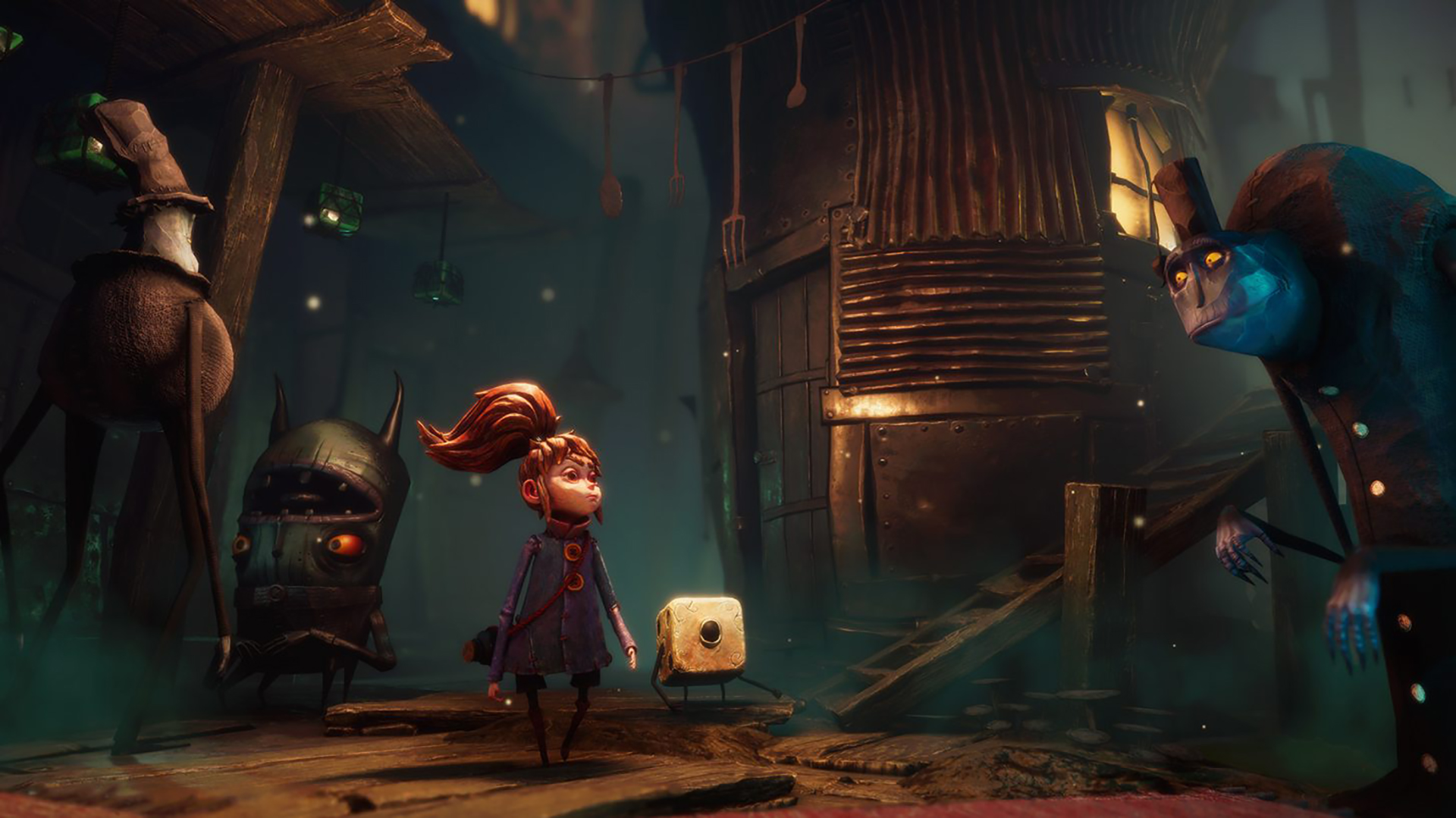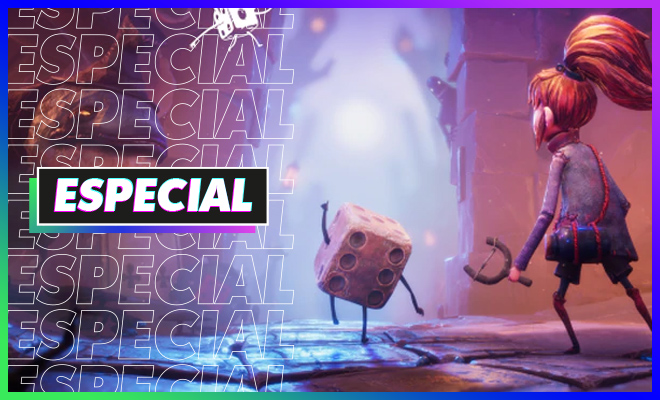
Even by the end of my three hours with the game, the malleability and importance of that deck-building system was already clear to me. That decision’s presumably been made so as not to alienate less skilled players, and to make building a good deck the major consideration as you progress. In the game’s early stages at least, it must be said that combat never advances beyond being fairly sluggish – although hits and dashes themselves do at least have some of the cartoon whip and impact you’d hope for from an action game. The number Dicey lands on is essentially the mana you have to spend on your cards – if he lands on a three, for instance, you could spawn a sword (1 mana) and drop a bomb trap (2 mana), using the slowed time to pop it down between three enemies, before scurrying away and firing a slingshot pellet into it to set it off as time returns to its normal pace. Smashing enemy crystals allows you to draw those cards and, once you’ve drawn them, Even can roll Dicey – which immediately slows the real-time combat to a crawl. Here’s where it gets weird.Īll of Even’s other abilities, from conjuring spectral swords, to spawning traps, to buffing her own stats, are attached to a deck of cards that you build and maintain over the course of the game.

Both of those harmless abilities can, however, pop the blue crystals that grow periodically out of every one of the game’s enemies. Every battle begins with Even as a practically powerless figure, equipped with a slingshot that does no damage, and a dash ability to escape foes. In appearances, these fights take on the form of a third-person action game, but in reality Lost In Random plays like no action game I’ve laid my hands on. The game’s told as a broadly linear story, with the major locations unfolded into hub worlds of sorts, peppered with sidequests and collectibles – but tying it all together are fights with Even’s enemies, those trying to stop her reaching Sixtopia for reasons unknown.

It’s never graphic, or outwardly grim, but there’s enough at work under the surface of Lost In Random’s population to give you pause.īut no matter how odd its characters might be, combat is where Lost In Random reveals its true strangeness. Except the answer here isn’t to mediate between them – it’s to collect tiny, screaming slime-animals so that your chosen half can blend them into a potion and chemically destroy their rival. One early sidequest asks you to solve a conflict between two sides of one man’s personality – half of him is emotional, the other half logical.

LOST IN RANDOM PRICE MOVIE
Just like its movie references, this feels like a kid-friendly fairytale with an appealingly dark heart.
LOST IN RANDOM PRICE FULL
But spending even a little time in the game’s world – full of curiously elongated humans, glum fish-men, and a giant mayor with an evil twin sprouting out of his hat – reveals that it’s living up to that comparison in spirit, too. It’s impossible not to notice Lost In Random’s art style first, with its world not just looking like, but moving like its animated movie inspirations (and how many games can you say remind you of Nightmare Before Christmas more than anything else?). What follows is an escape from her assigned home, as Even meets a living, magic die (named Dicey, naturally) and they team up for a journey through all six of Random’s realms – two of which I had the chance to play through in a roughly three-hour hands-on. But the game’s hero, Even, begins to suspect the game may be rigged after her older sister Odd rolls a six and is ripped away from her family of Ones, and seemingly sends a ghostly call for help. Roll a one and you’ll be sent to the sunken slums of Onecroft, roll a six and you’re welcomed into the heavenly Sixtopia, with a different town for every number in between. Lost In Random’s world is essentially a feudal system built on dice rolls – every citizen throws a magic die on their twelfth birthday, with chance deciding their future.


 0 kommentar(er)
0 kommentar(er)
